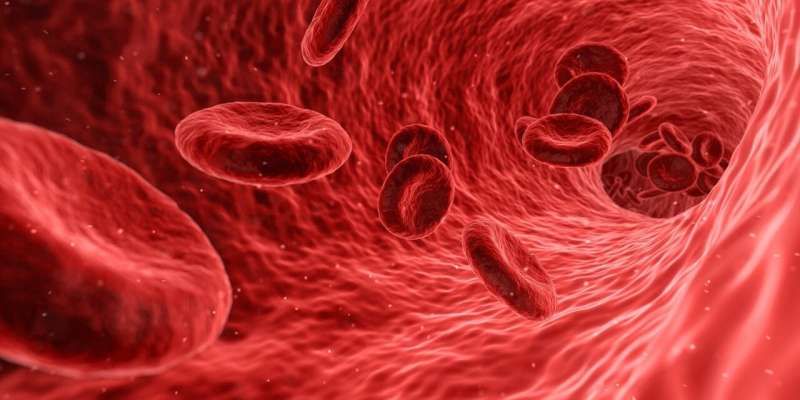Spinal oxygen sensors—SOS—critical sensors for when the body has low to no oxygen

University of Calgary researchers have identified a new oxygen sensing mechanism in a small population of spinal cord neurons capable of protecting the brain and other vital organs from low oxygen (hypoxia). As blood oxygenation decreases mammals mount a cardiorespiratory response and prioritize oxygen supply to vital organs. The team discovered the kick-start to that rescue response are spinal oxygen sensors (SOS) that trigger activation of the sympathetic and respiratory nervous system.
"Understanding how the central nervous system regulates oxygen supply is of considerable scientific and medical importance," say Dr. Nicole Barioni, Ph.D., first author on the study. "Hypoxia can lead to cognitive decline, memory impairment and in extreme circumstances such as heart attack, stroke or sudden infant death syndrome (SIDS), can be fatal."
The study, published in Science Advances, is the first to definitively demonstrate the existence of spinal oxygen sensors. The result of eight years of research by Barioni and principal investigator, Dr. Richard Wilson, Ph.D.
"What started with a late-night experiment in the lab with some mates and a post-pizza surprise discovery turned into an epic multi-year international science project to determine mechanism. Without the tireless energy and brilliance of Nicole and the rest of the team, this important contribution would not have been possible," says Wilson.
Due to the unique way in which the SOS work, they are geared to be important for wide-ranging physiological regulation in health, chronic disease, spinal cord injury and cardiorespiratory crisis.
The study suggests the SOS use a novel oxygen sensing mechanism involving two yin and yang-like oxygen-dependent enzymes. These enzymes compete for the same molecules. When oxygen is abundant one enzyme wins. Only when oxygen falls does the other enzyme take over, using the remaining oxygen to generate signaling factors. These signalling factors then activate a cascade of events leading to neuronal excitation and sympathetic activation.
"Unlike brainstem neuronal networks controlling breathing, which are largely suppressed by acute hypoxia, sympathetic networks are strongly excited," says Wilson, "Prior to this study identifying the sensors, the way in which these sympathetic networks function in low to no oxygen was not well understood."
Using several novel experimental approaches that isolate different parts of the rodent nervous system to test physiological responses to spinal cord oxygen levels, this study determines that the SOS contribute to sympathetic activation and under extreme circumstances are critical for auto resuscitative reflexes.
More information: Nicole O. Barioni et al, Novel oxygen sensing mechanism in the spinal cord involved in cardiorespiratory responses to hypoxia, Science Advances (2022). DOI: 10.1126/sciadv.abm1444




















